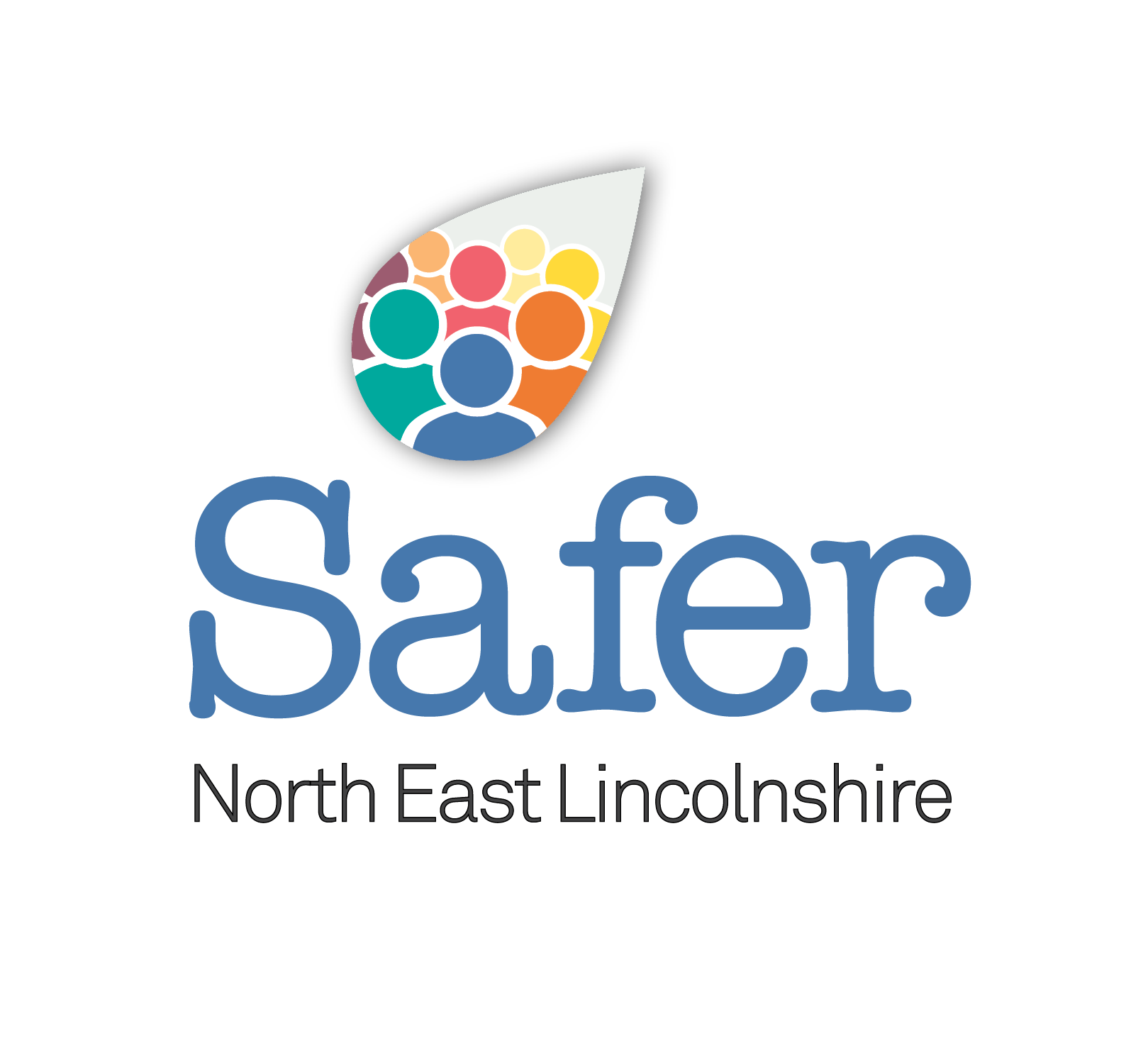Sexual harm and exploitation
Children
A child is sexually abused if they are persuaded or forced into taking part in sexual activities.
This doesn’t have to be physically as sexual abuse can also take place online.
- Contact sexual abuse involves ‘touching activities’ where the abuser makes physical contact with the child.
- Non-contact sexual abuse involves grooming, exploitation and persuading children to perform sexual acts over the internet.
Child Sexual Abuse (trixonline.co.uk)
NEL SCP Child Sexual Abuse Strategy 2023 – 2026 (PDF, 1.85MB)
For more information on physical abuse please visit the NSPCC website .
Child Sexual Exploitation (CSE)
CSE is when a young person is used by being made or tricked into doing something sexual, sometimes receiving something in return like love, affection, gifts, money, drugs or alcohol.
Child Sexual Exploitation Practice Guidance
Keeping it Together – A parent’s guide to coping with child sexual exploitation (PDF, 657KB)
Say Something If You See Something (PDF, 2MB)
Sex, Secrets and Lies Guide (PDF, 1MB)
So you got naked online (PDF, 2MB)
Spot the signs, keep safe leaflet – Barnardo’s (PDF, 396KB)
Adults
Sexual abuse includes any sexual act to which the vulnerable adult has not consented and may not understand. For example, being touched or kissed when it is not wanted, being made to touch or kiss someone else, being raped, being made to listen to sexual comments or forced to look at sexual acts or materials.
What does Sexual Abuse look like?
- Bruising, particularly to the thighs, buttocks and upper arms and marks on the neck
- Torn, stained or bloody underclothing
- Bleeding, pain or itching in the genital area
- Unusual difficulty in walking or sitting
- Foreign bodies in genital or rectal openings
- Infections, unexplained genital discharge, or sexually transmitted diseases
- Pregnancy in a woman who is unable to consent to sexual intercourse
- The uncharacteristic use of explicit sexual language or significant changes in sexual behaviour or attitude
- Incontinence not related to any medical diagnosis
- Self-harming
- Poor concentration, withdrawal, sleep disturbance
- Excessive fear/apprehension of, or withdrawal from, relationships
- Fear of receiving help with personal care
- Reluctance to be alone with a particular person
Reporting sexual harm and exploitation
Children
If you have concerns about a child please report your worries contacting the NELC Children’s Integrated Front Door online or by calling 01472 326292 Option 2.
The Front Door can also offer information, advice and guidance around early help.
Adults
Anyone that suspects another professional or adult of abuse or neglect has a duty to refer it to the relevant employer or safeguarding agency to be investigated.
If you need to raise a Safeguarding Adults concern, please call 01472 256 256. This number is available 24 hours a day, 365 days a year.
Related documents
Exploitation Risk Assessment Tool Blank Template (Word, 280KB)
Harmful Sexualised Behaviour Practice Guidance and Procedure
Safeguarding Adult Procedures (PDF, 1MB)
Related websites
#SaySomething – a campaign directed at children and young people who may be worried about CSE.
Fearless – reporting CSE anonymously.
ZIPIT – App to keep you in control of your chat game and staying safe online.
Child Sexual Exploitation: Definition and Guide for Practitioners
